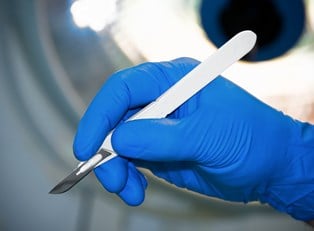Liposuction is a cosmetic surgery that many people use to reduce body fat, which is sucked out with a tube. Liposuction is commonly used to lower the amount of fat on thighs, hips, buttocks, stomach, upper arms, back, and ankles.
While liposuction can reduce the amount of fat on your body, it is not a treatment for obesity, because removing large amounts of fat can lead to dangerous complications. Liposuction must be performed by a licensed physician and is most commonly done by plastic surgeons.
Who gets liposuction?
Most people consider liposuction after failing to achieve desired body shape results through just diet and exercise. The ideal candidate for liposuction is someone who is in good general health and a nonsmoker. Having chronic health conditions and smoking may impair recovery from liposuction. Because liposuction is an elective surgery for most individuals, doctors may turn you down if they feel liposuction is too dangerous for you.
What types of liposuction exist?
If you decide to have liposuction, you will have the option of choosing between traditional and assisted liposuction. There are two kinds of assisted liposuction: ultrasound and laser. In both procedures, the fat is liquefied before it is removed. Advantages of assisted liposuction include the use of sedation instead of general anesthesia and less trauma to your body. However, not all plastic surgeons will be familiar with ultrasound or laser assisted liposuction because the procedures are still rather new.
What happens during a liposuction procedure?
Generally, liposuction will only take one to two hours to complete. Before the procedure, the doctor will draw on your body to mark out the areas where fat needs to be removed. Afterwards, the doctor will give you anesthesia so that you will not feel pain during the procedure. Then, the doctor will make small cuts, insert the liposuction tube, and suck away the fat. In most cases, you will be able to leave the doctor’s office after the anesthesia wears off.
What are the side effects of liposuction?
The most common side effects of liposuction are temporary bruising, swelling, and soreness. You will also have small scars from where your doctor made cuts. Your skin may also be baggy and loose right after the procedure, but your skin will likely adjust within a few months. Because liposuction is a surgery, more severe side complications, such as infection and blood clots, may occur. Fortunately, death caused by liposuction is very rare.
What does recovery entail?
Recovery from liposuction can take up to two to three weeks. The part of your body where you received liposuction will be firmly wrapped with bandage after the procedure to help reduce bruising, swelling, and pain. Afterwards you will have to wear compression clothing for up to four weeks to help with recovery.



